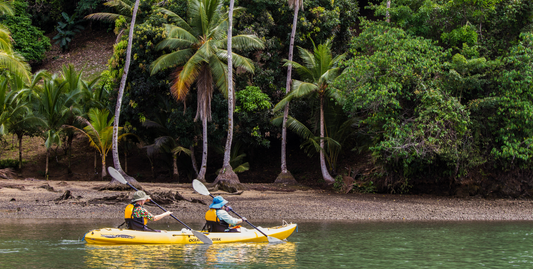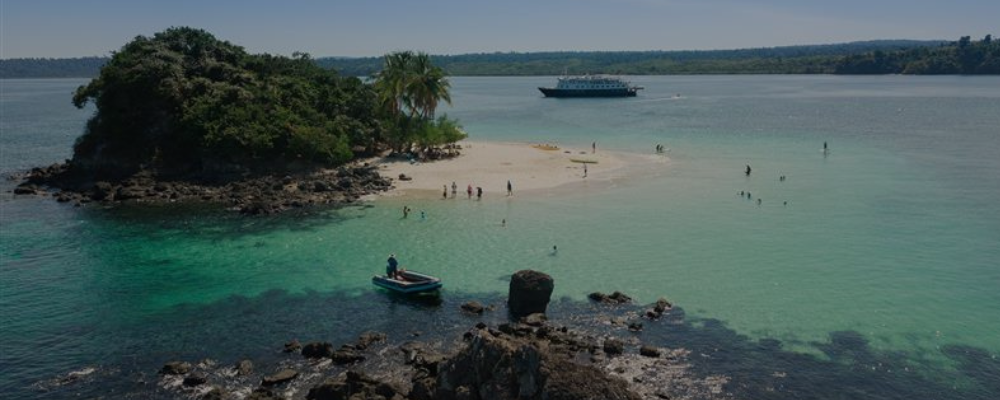
Costa Rica Adventure Cruises
You asked, and we listened—UnCruise Adventures is heading back to Costa Rica in 2026, and bookings are open now!
Hike through dense, green rainforests, kayak in one of the world’s only tropical fjords, and spot incredible wildlife in some of Central America’s most diverse refuges. These all-inclusive cruises on the Safari Voyager are sure to take you on an adventure you'll never forget.
Itinerary Options
Costa Rica's Pure Life Adventure Cruise
Route:
Roundtrip Liberia
Duration:
7 Nights
Price From:
$7,200
/ PersonPhotography Cruise: Costa Rica's Pure Life Adventure Cruise
Route:
Roundtrip Liberia
Duration:
7 Nights
Price From:
$7,200
/ Person
$1000 OFF PER CHILD
UNDER 2 SAIL FREE
Kids in Nature: Costa Rica's Pure Life Adventure Cruise
Route:
Roundtrip Liberia
Duration:
7 Nights
Price From:
$7,200
/ PersonImmersive Costa Rica by Land: Volcanoes, Rivers & Cloud Forest
Route:
Land Expedition
Duration:
7 Nights
Price From:






